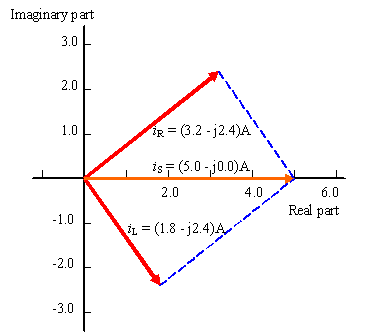|
2.
|
There are several concepts, that appear in two or more modules throughout a typical engineering syllabus, which if grasped help integrate the discipline. Some of these, e.g. Laplace transform in circuit analysis, circuit design, control systems, signal processing; phasors in circuit analysis, circuit design, communication systems, power electronics, are troublesome for many students and may be threshold concepts or contribute to a compounded threshold concept.
The integrative element of such threshold concepts may be examined by observing the facilitation of a student’s grasp of the concept in one module after completing an earlier potentially integrative module.
|
